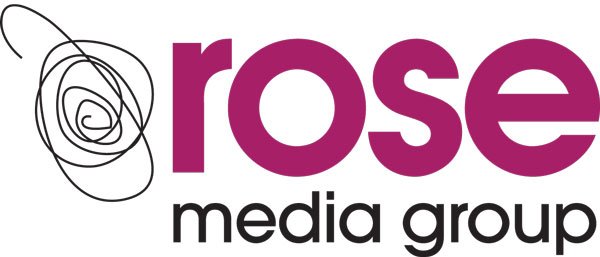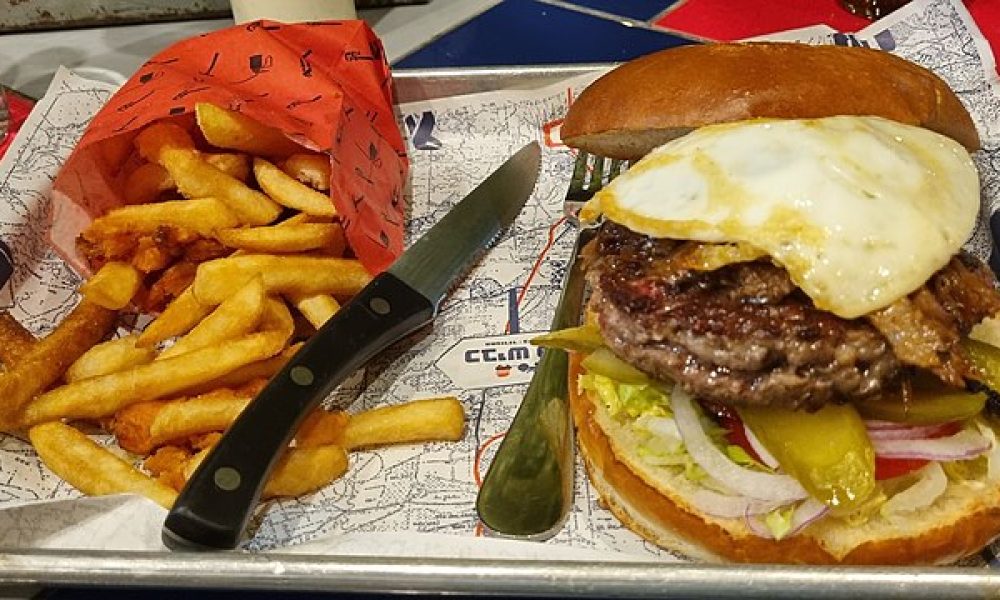Professional food photographers use a variety of tricks to make food look more appetising in photos. One common technique is using inedible substitutes. For example, mashed potatoes are often dyed and used instead of ice cream because they don’t melt under hot lights. Similarly, motor oil is sometimes used in place of syrup to keep pancakes from absorbing the liquid.
Another trick is strategic undercooking. Meat, vegetables and pasta are often only partially cooked to retain their colour and shape. Fully cooked food can appear dry and dull, whereas slightly undercooked food looks fresher and more vibrant. Grill marks are often added using a heated skewer for a perfect charred effect.
Creating an illusion that everybody falls for
Glycerine and sprays are also widely used. Water and glycerine are mixed and sprayed on fruits and vegetables to create the illusion of freshness, for example. A light coating of cooking spray gives food a glistening, just-cooked appearance.
Lighting plays a crucial role in food photography. Photographers often use natural light or diffused artificial lighting to eliminate harsh shadows and enhance textures. Reflectors and bounce cards are used to direct light and highlight key details.
It’s all about the composition
Composition and styling are equally important. Fake steam, created with cotton balls soaked in hot water or by using a steamer, gives the illusion of freshly cooked meals. Layering and placing ingredients strategically, right down to the exact position of a single crumb in some cases, ensure that the dish looks appealing.
Just like the photographers, every food PR agency is dedicated to making their clients successful because their reputation and business growth depend on it. Their primary goal is to generate buzz, enhance brand visibility and ultimately drive sales for food brands, restaurants and culinary products. To achieve this, they use strategic storytelling, media relations and influencer collaborations to create a strong public image.
One of the key reasons food PR agencies invest so much effort is competition. The food industry is highly saturated, and standing out requires creative, well-planned campaigns. Food agencies like Rose Media Group craft compelling press releases, arrange media tastings and secure placements in top food magazines, blogs and TV shows to give their clients an edge.
Getting your voice heard via social media
Social media is another major focus. Food PR professionals collaborate with influencers, food bloggers and content creators to generate organic buzz. Viral-worthy campaigns, stunning food photography and interactive social media engagement ensure the brand remains relevant and appealing.
Additionally, these agencies handle crisis management, ensuring that any negative publicity is swiftly addressed. Whether it’s a product recall or a bad review, they work behind the scenes to protect their client’s image. Ultimately, food PR agencies are deeply invested in their clients’ success because when their clients thrive, so do they. Your next call really should be to the team at RMG, shouldn’t it?










